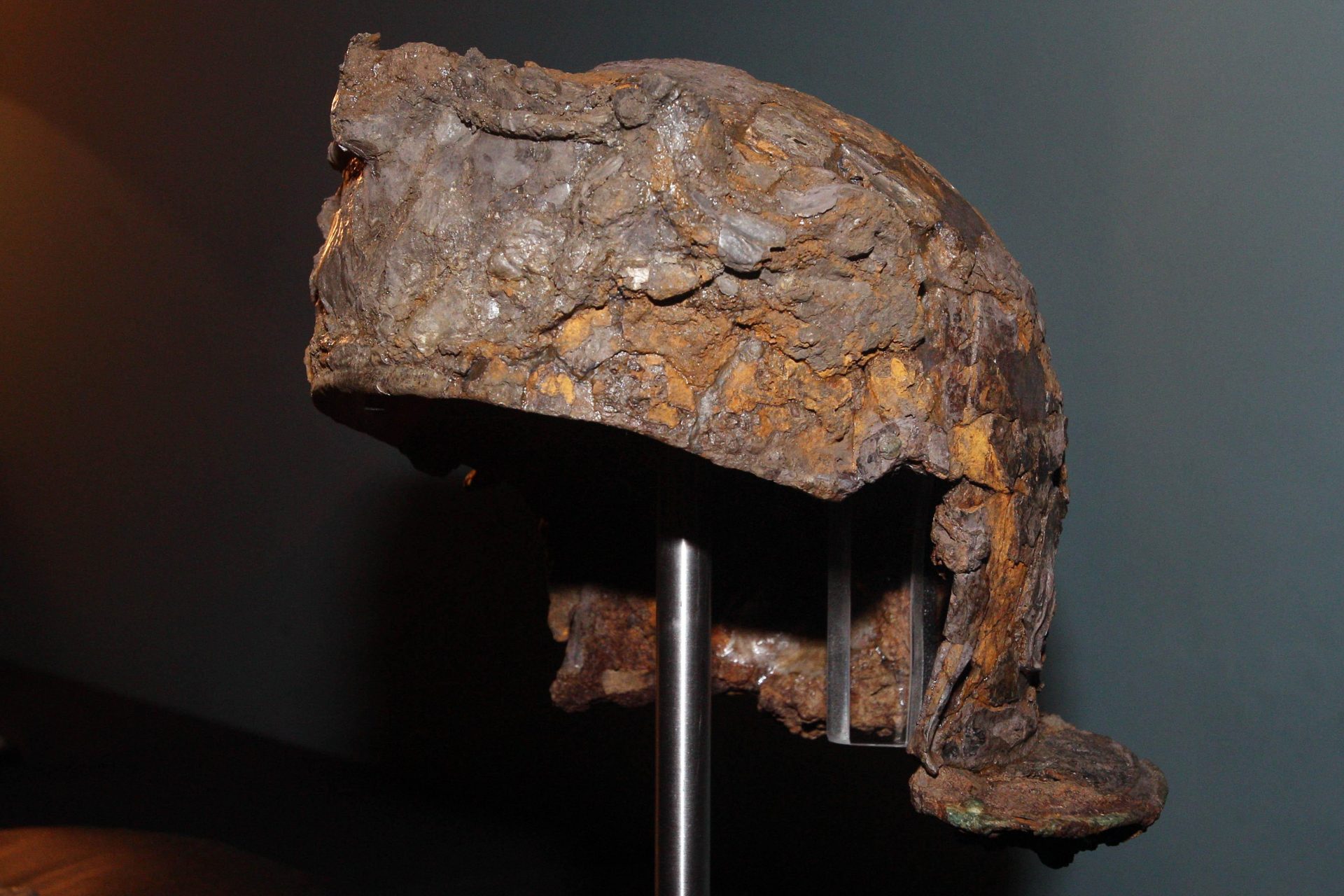Fly from London to Sydney in 4 hours with this amazing airplane
Imagine journeying from Europe to Australia in a mere four hours or flying from Frankfurt to Dubai in just 90 minutes. This might seem like something out of science fiction, but a company named Destinus is working on a hypersonic plane in Europe that could soon make this possible.
Image: Twitter@destinusaero
As reported by EuroNews, Destinus is a Swiss start-up which was established just two years ago, in 2021. However, the company has made great progress in that short period of time.
Image: Twitter@destinusaero
The company has partnered with the Spanish government programme and a team of 120 people throughout Spain, France and Germany.
Image: Twitter@destinusaero
Destinus has received €12 million, around USD 13 million in investments and collaborations from technology centres, companies and even Spanish universities.
Image: Twitter@destinusaero
The initial two prototypes of the hypersonic plane have undergone successful test flights and are currently preparing to commence trials for hydrogen-powered flight.
Image: Twitter@destinusaero
The third prototype, known as Destinus 3, is expected to conduct its inaugural flight by the year's end.
According to a report by CNN, the Destinus hypersonic plane is expected to travel at Mach 5, which is five times the speed of sound.
Image: Twitter@destinusaero
This means it could reach a top speed of 6,174 kilometres per hour, or about 3,837 miles per hour.
Image: Twitter@destinusaero
Reaching this mind-blowing speed means that the plane could fly from London to Sydney in just four hours, compared to the current travel time of around 22 hours.
Image: Twitter@destinusaero
But how exactly does a hypersonic plane work? According to a report by Design Boom, the Destinus plane will be powered by hydrogen, which is a clean and efficient fuel source.
Image: Twitter@destinusaero
The Swiss start-up says that the aircraft will take off from a Hyperport, which is an airport with hydrogen handling infrastructure, but once in the air will then use rocket engines to reach hypersonic speeds.
Image: Twitter@destinusaero
Not only is hydrogen a clean fuel source, but it is also abundant and can be produced from renewable sources. This means that the Destinus plane could potentially have a very low environmental impact.
But the development of a hypersonic plane is not without its challenges. According to Destinus, one of the biggest challenges is finding materials that can withstand the extreme temperatures generated by hypersonic flight.
Image: Twitter@destinusaero
According to the company's website, "At these high velocities, it’s a challenge to keep the structure cold."
"Therefore, we are developing a unique active cooling system solution that converts the thermal energy generated by friction with air into propulsion. Keeping the structure cold enough to survive the external hot flow conditions while powering the rocket engines."
If Destinus is successful with the project's development, a few years from now, we could see a significant shift in air travel.
Image: Twitter@destinusaero
Martina Löfqvist, the company’s business development manager, told CNN that the company hopes that by the 2030s, a smaller-scale hydrogen fuel aircraft can be launched that holds around 25 business class passengers.
By 2040, Destinus hopes to have larger airplanes that could fly all passenger classes around the world in just a few short hours.
Image: YouTube@Destinus
More for you
Top Stories































